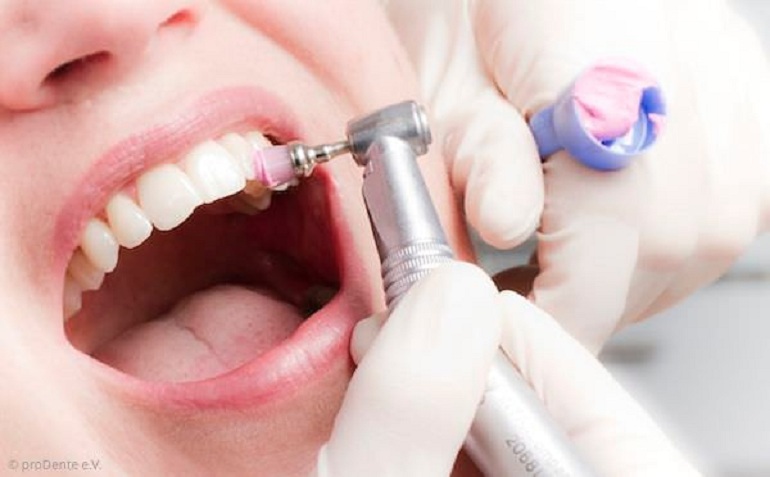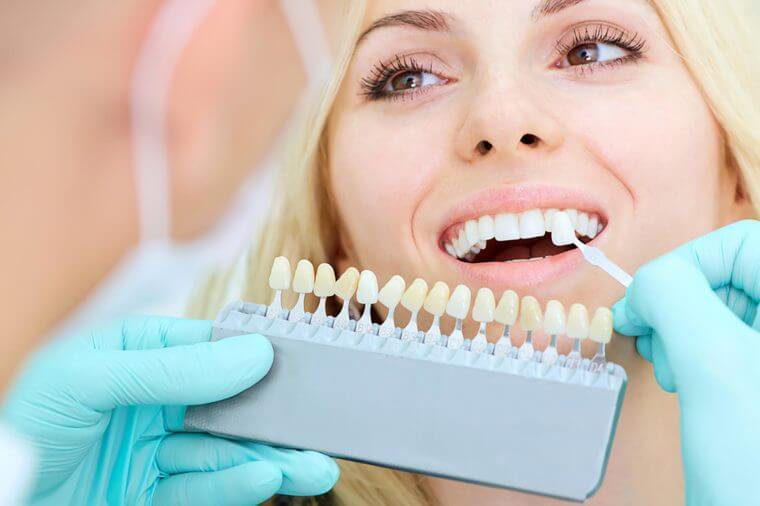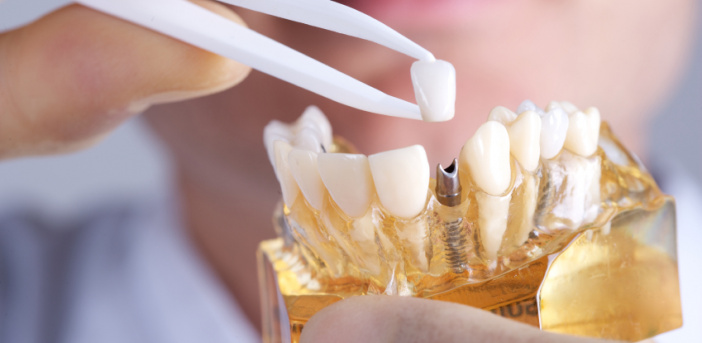Dental implants have been accepted as the best replacement option for missing teeth. They simulate the look, feel and functioning of a natural tooth without compromising the adjacent teeth or underlying bone. However, in some patients, it may be difficult to directly place an implant due to thinning or weakened bone. Compromised bone will not support the implant adequately and may lead to failure. In order to address this specific problem, a bone grafting procedure is performed to enhance the Dental Bone at the site of the missing tooth.
Why Do You Need a Dental Bone Graft?

Bone grafts are required in cases where the patient does not have natural healthy, strong bone to support implant placement. This may be the result of various conditions as follows:
- Chronic periodontal disease
- Congenital defects
- Tooth infection
- Poor gum health
- Trauma or injury
- Teeth that have been missing for a long time without replacement
- Increase in size of the sinus due to aging
Your dentist will make a proper evaluation and assessment of your Dental Bone condition by advising a full mouth x-ray and a CT scan. Based on this, the further treatment plan for implants will be decided.
How Does a Missing Tooth Cause Bone Loss?

Missing teeth which are not replaced cause the alveolar jaw bone to deteriorate. This is because the primary function of this bone is to hold the tooth in place and support it. The alveolar bone also builds its strength from the process of chewing which is hindered when there are missing teeth.
Good bone height and width and essential for dental implants because the procedure hinges on the process of fusion of the implant with the jaw bone (osseointegration). Thus, if the adequate bone is not present, the implant placement will not succeed.
What is Bone Grafting?
Dental bone grafting entails the transplantation of Dental Bone from one part of your body to your jaw bone (autogenous graft) or from an alternative source. Most of the bone grafts placed nowadays are xenografts, usually from a bovine (cow) bone source with only the mineral content of natural bone.
Bone Grafts are of Four Types:

Socket Graft: Dental Bone graft material is placed directly into the tooth socket at the time of extraction. This prevents bone atrophy and reduces post-surgical pain after implant placement.
Block Bone Graft: The patient’s own Dental Bone is used to replace a large deficient space in the jaw.
Sinus Lift Procedure: This is needed for implant placement in the upper jaw which does not have sufficient bone for support.
Lateral Ridge Preservation Graft: The width of the jaw bone is increased with the use of a graft.
Once a graft is placed, the bone in the area undergoes “guided tissue regeneration” as your body assumes the foreign body to be its own. Slowly, this graft undergoes resorption and the patient’s own Dental Bone covers the space within a period of 3 to 6 months. Oral surgeons will wait for a period of 6 to 9 months before placing an implant. Regular check-ups, x-rays, and measurements will determine whether the bone is growing adequately.
After the bone grafting procedure in Orange County, you may feel some discomfort. There may be mild bleeding or swelling of the gums or skin surface. This will disappear within a short time. It is important to follow the instructions given by your dentist regarding proper oral hygiene and care post-surgery. You will be advised to eat only soft food till the surgical area heals completely.
A bone graft procedure may sound intimidating, however, it is quite simple and straightforward. The biggest advantage of bone grafts is that they restore and regenerate healthy jaw Dental Bone. This forms the ideal surface for implant placement to replace missing teeth. Although the entire process takes time and patience, it is a one-time procedure that will preserve your oral health for a lifetime.



